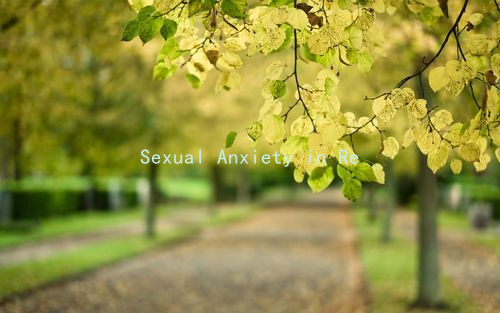Secrets to Building Trust and Understanding in Your Partnership
Building trust and understanding in a partnership is essential for fostering a healthy and long-lasting relationship. While every relationship is unique, some timeless strategies can help strengthen the bond between partners. Here are some key techniques that can facilitate trust and understanding in your romantic life.
Firstly, effective communication is the cornerstone of any strong relationship. This means not only expressing your thoughts and feelings clearly but also being a good listener. Make an effort to truly understand your partner’s perspective. Ask open-ended questions that encourage them to share their thoughts and emotions. For instance, instead of asking, “Did you have a good day?” you might say, “What was the best part of your day?” This invitation for deeper conversation can lead to better mutual understanding.
In addition to verbal communication, non-verbal cues play a critical role in expressing trust and connection. Paying attention to body language, eye contact, and even tone of voice can provide insights into your partner’s feelings. Make sure your own non-verbal communication aligns with your words. For example, when discussing important topics, turn toward your partner, maintain eye contact, and use a calm tone to convey sincerity and engagement.
Another essential aspect of building trust is transparency. Being open about your thoughts, feelings, and past experiences fosters an environment where both partners feel safe to share. This doesn’t mean disclosing every detail of your life, but rather being honest about your intentions and feelings. If something bothers you, express it rather than allowing resentment to build. Similarly, encourage your partner to share their feelings by creating a non-judgmental space where they know they can be vulnerable.

Setting and respecting boundaries also enhances trust. Each partner should feel comfortable establishing boundaries regarding personal space, time, and emotional needs. Discuss what you both consider acceptable and unacceptable in the relationship. When boundaries are respected, it cultivates a sense of security and respect, allowing both individuals to thrive as they feel safe being themselves.
Moreover, addressing conflicts constructively can significantly impact the level of trust and understanding in a relationship. Disagreements are natural, but how you handle them can either build or break trust. Approach conflicts with the mindset of problem-solving rather than attacking each other. Use “I” statements to express how you feel without blaming your partner. For example, saying “I feel neglected when you don’t make time for our date nights” is more constructive than “You never care about spending time with me.” This approach encourages empathy and decreases defensiveness.
Finally, practicing gratitude and appreciation can reinforce the emotional bond between partners. Regularly expressing gratitude for your partner’s efforts, large or small, cultivates a positive atmosphere. Consider keeping a gratitude journal where you jot down things you appreciate about your partner. Sharing these thoughts can strengthen the connection and remind both of you of the love and care that underpin your relationship.
In conclusion, building trust and understanding in a partnership requires intentional effort and commitment from both individuals. By focusing on effective communication, transparency, establishing boundaries, constructive conflict resolution, and practicing gratitude, you can create a nurturing environment that fosters a deeper connection. Trust and understanding are not built overnight; they require patience, but the reward of a strong, loving partnership is certainly worth it.





